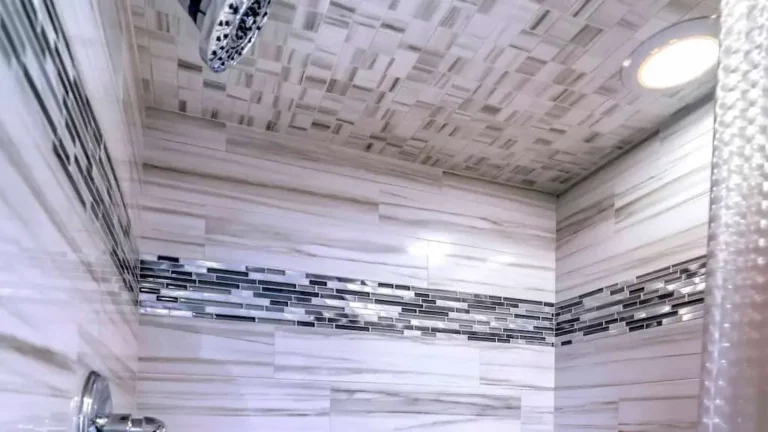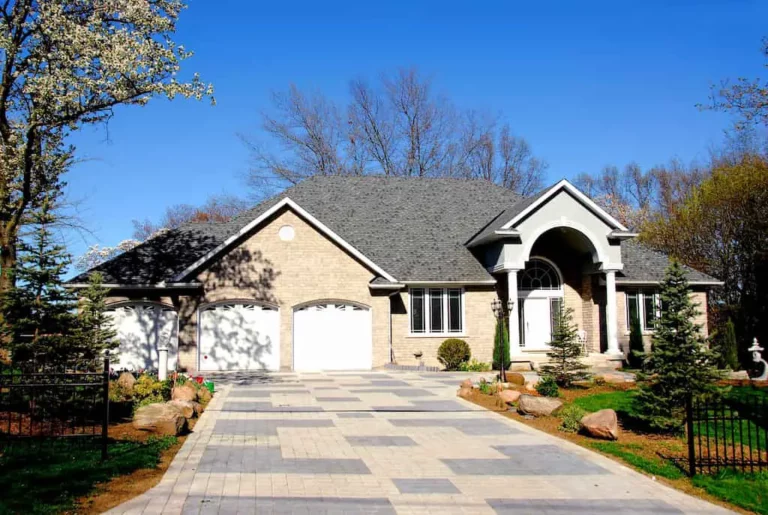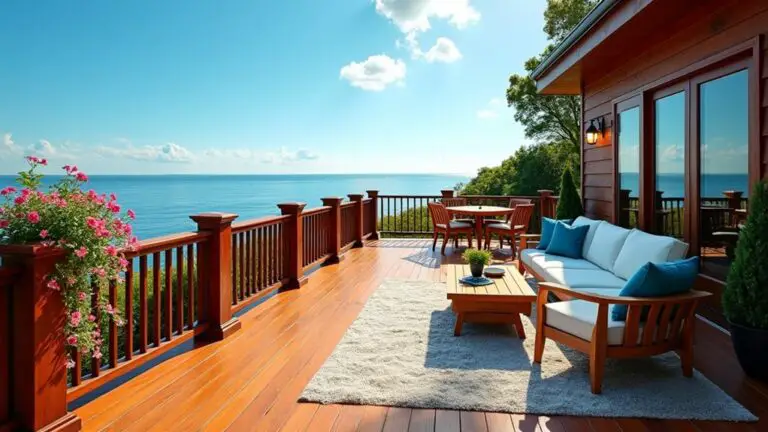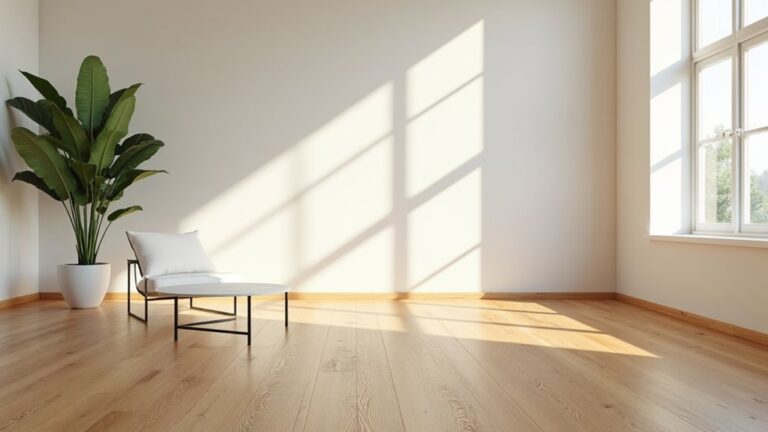7 Key Pros and Cons of Metal Roofing
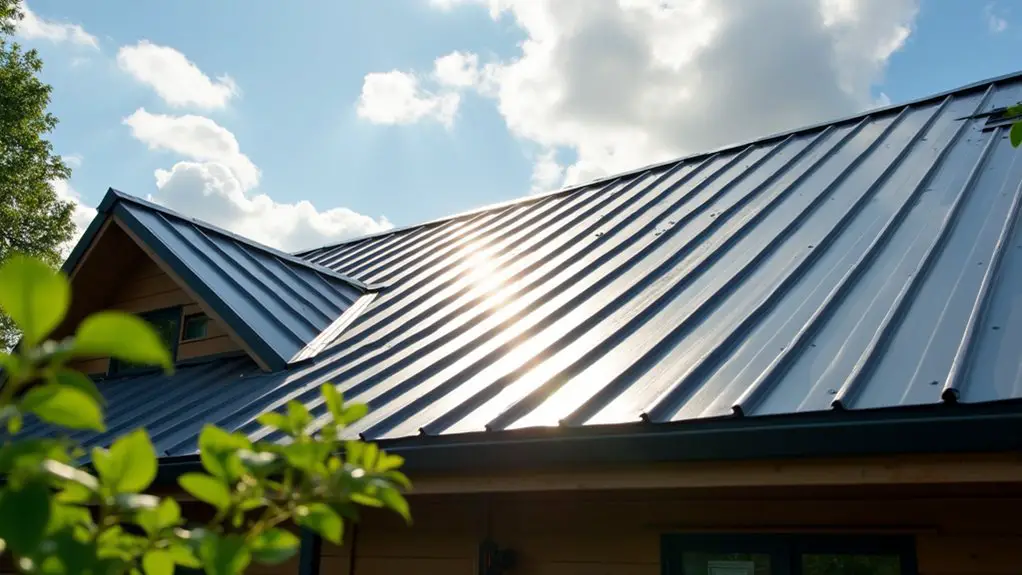
When considering metal roofing, it’s crucial to weigh both the advantages and drawbacks. You’ll find that its durability and energy efficiency can be major selling points. However, installation complexity and initial costs can be significant hurdles. Plus, there are practical aspects, like noise during storms, that might surprise you. Let’s explore the various pros and cons to help you make an informed decision for your home.
Longevity and Durability of Metal Roofing
When it comes to roofing materials, metal stands out for its impressive longevity and durability. With a lifespan of 40 to 80 years, metal roofs outlast traditional asphalt shingles, which last just 12 to 25 years. Selecting the right material matters—copper and zinc often last the longest, while premium installations can exceed 50 years with proper care. Metal roofs handle severe weather conditions, resisting winds up to 120 mph and Class 4 hail impacts without faltering. Plus, minimal maintenance keeps them looking fresh and functional for decades. Metal roofs can last fifty years or more, making them an exceptional long-term investment. So, if you’re seeking a dependable roofing solution that not only protects your home but also fosters a sense of community pride, metal roofing is a standout choice.
Energy Efficiency Benefits
Metal roofing offers significant energy efficiency benefits that can greatly enhance your home’s comfort and reduce your utility bills. By reflecting solar radiation rather than absorbing heat, it keeps your living spaces cooler, especially in warm climates. You’ll likely see 40-50% savings on cooling costs, making it a smart investment. Even in colder regions, metal retains heat and prevents ice dams, ensuring a cozy home year-round. Compared to asphalt shingles, metal roofing outperforms in durability and heat reflection, contributing to a smaller carbon footprint. Plus, it’s compatible with solar panels, transforming your home into an energy-efficient haven. With potential tax credits and reduced maintenance, this choice not only benefits you but also the environment, creating a sense of community well-being. Additionally, metal roofs can reflect up to 70% of the sun’s energy back into the atmosphere, enhancing energy savings and comfort.
Environmental Advantages
While weighing your roofing options, it’s important to contemplate the environmental advantages metal roofing brings to the table. Choosing metal not only often utilizes recycled materials but also boasts a 100% recyclability at the end of its life. This means you’re actively contributing to reducing landfill waste and resource depletion. With an impressive lifespan of over 50 years, you’ll cut down on the need for frequent replacements and all the associated waste. Plus, the low embodied energy of steel—thanks to its recycled content—conserves natural resources. By opting for metal, you’re making a sustainable choice that aligns with a community enthusiastic to foster a healthier planet. In addition, metal roofs can significantly reduce cooling costs due to their reflective properties, further enhancing their environmental benefits. You’ll belong to a movement dedicated to environmental stewardship, making a positive impact together.
Aesthetic Versatility
Although you might not think of roofing materials as a key aspect of home design, aesthetic versatility is one of metal roofing’s standout features. With a full spectrum of architectural styles, you can choose from profiles like corrugated, standing seam, or tile-look systems to complement your home beautifully. Whether you lean modern with sleek finishes or prefer a rustic charm, metal roofs adapt seamlessly. Plus, their compatibility with mixed materials like brick or wood guarantees your home feels cohesive. Customization options, including color matching and unique shapes, add even more personal flair. Furthermore, metal roofs are known for their long durability, lasting 40-70 years, ensuring that your home maintains its aesthetic appeal over time. From contemporary to historic aesthetics, metal roofing lets you express your style and create a warm, inviting atmosphere that truly feels like home.
Initial Cost Considerations
When it comes to roofing choices, initial cost is a crucial factor to contemplate. Metal roofing offers a range of prices depending on the materials you choose. If you’re looking for something upscale, copper can set you back $20–$40 per square foot, but it gives a stunning look. Zinc falls in the $16–$25 range, making it a bit more budget-friendly. Aluminum is your go-to for affordability, costing between $6.50 and $21 per square foot. For even more savings, Galvalume or galvanized steel runs about $4–$17. Finally, stainless steel sits in the mid-range at $7–$20. Understanding these options helps you make a smart choice that fits both your style and your wallet. Additionally, many homeowners find that metal roofing longevity can ultimately justify the higher upfront costs, given its impressive lifespan of 40 to 70 years.
Noise Factor During Rain and Hail
Choosing the right roofing material involves not just initial costs but also how those materials perform under different weather conditions. When it rains or hails, metal roofing can be noisier compared to other options. Here are some key points to reflect on about noise:
- Metal roofs measure about 52 dBA during rain, while asphalt shingles sit at approximately 46 dBA.
- Hail on metal roofs can create a sharp 72 dBA noise, compared to 68 dBA for asphalt.
- Installing thicker underlayment can reduce noise by up to 15 dBA.
- Attic insulation can act as a secondary sound barrier, decreasing overall sound transmission.
Despite this, it’s important to note that metal roofs are not noisier than other roofing types when considering the overall sound differences.
Taking these factors into account can help you choose a roofing material that fits your lifestyle and comfort level.
Installation Complexity and Requirements
Installing a metal roof involves several complexities that can impact both the timeline and overall cost of the project. For a standard 2,000 sq ft home, professional installation typically takes 1-3 days but could extend up to a week, especially for complex designs like steep slopes or multiple valleys. If you’re tackling a DIY installation, expect it to take 2-3 weeks. Keep in mind, weather delays and existing roof removal can push timelines further. Labor costs are significant, accounting for 40-60% of your overall investment, particularly for intricate designs. Additionally, make sure your roof deck can handle the load, as improper installation can lead to issues down the line. Therefore, understanding the differences in roofing systems is essential for a successful project outcome. So, approach this project with careful preparation and a solid plan.
